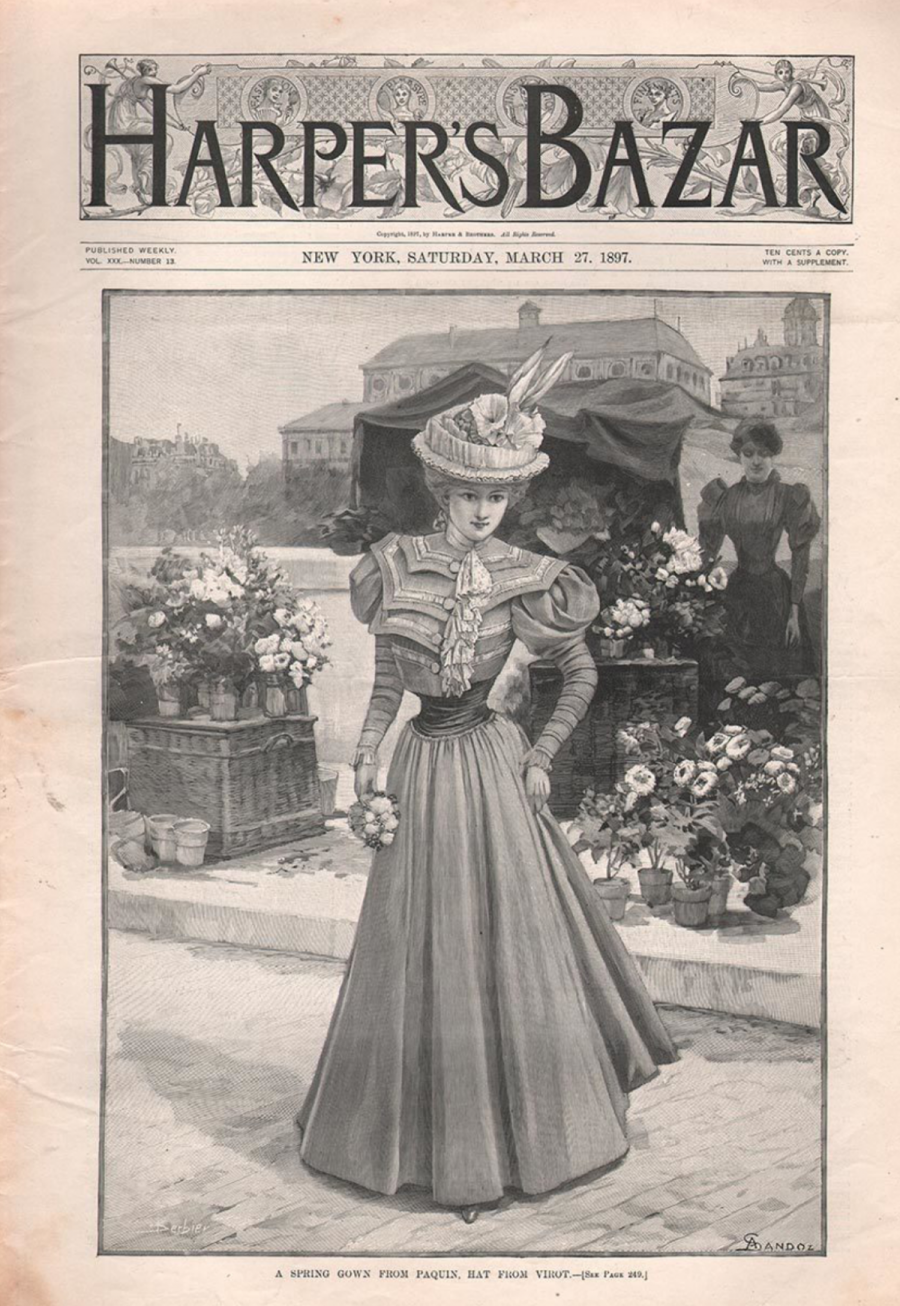The economics of thinness
To be rich is to be thin
Being thin will never go out of style.
While the ideal body varies throughout different cultures and countries, this social standard often rings true. In some societies, such as Western and European societies, thinness is highly valued and associated with attractiveness and success. This standard is easier for some to reach than others—and there is a concrete correlation between thinness and wealth.
The economics of thinness explores the overlooked impact of weight loss and being thin on wealth, relationships, and discrimination, especially for women who have unrealistic beauty standards enforced upon them by society.
The positive perception of thinness is presented to us very early in Western media. Growing up in the early 2000s, I watched shows like The Biggest Loser and America's Next Top Model. These shows are among many that have altered the brain chemistry of an entire generation.
The focus on being skinny and becoming skinny at any cost has fostered an environment in which “motivational” slogans such as “a moment on the lips, forever on the hips,” or “nothing feels as good as skinny feels” are socially accepted.
Being attractive in conformity to social standards makes you more respectable, more approachable, and it makes access to wealth easier. In fact, skinny women are more likely to marry rich men, according to a study. It suggests that a population with a higher number of women than men intensifies competition for partners, influencing women's body image and dieting inclination.
Additionally, the research found a link between a woman's physical appearance and her marital prospects, including the likelihood of marriage and the socio-economic attributes of her spouse. It concludes that thinner women tend to marry wealthier, more educated partners compared to their heavier counterparts.
The social prejudice around fatness is in connection with being lazy, unhealthy, unintelligent, and being unsuccessful. Fatphobia is described as the implicit and explicit bias of overweight individuals that is rooted in a sense of blame and presumed moral failing. Understandably, people, especially women, will do anything to be thinner, as it is their currency for a better life.
However, stress, time and responsibilities make it difficult to lose weight. To be thin is to be privileged, as wealthier individuals have better access to personal trainers, nutritionists and organic foods. They can afford to prioritize their health at all times.
Historically, fatness was frequently associated with prosperity and abundance in different cultures, including the Western. It was a sign of affluence and power indicating access to food and resources.
Today under capitalism, the standard is reversed, and the pursuit of thinness began. Body standards change because wealthy people will never want to be mistaken for less. They will follow the trend that distinguishes them the most from the lower class.
The aesthetic of old money and quiet luxury was extremely popular on TikTok in 2023. Associated with this style is an elegant way of dressing, hobbies like horse riding, and most importantly, being white and thin.
We can make an example out of Kim Kardashian. While she’s done various procedures during her life to attain a somewhat extreme hourglass figure, which has been the center of her popularity, the public has seen her slowly get smaller. If you were on the internet in 2022, you would know that Kim lost 16 lbs. in three weeks to fit in a Marylin Monroe dress for the Met Gala. The healthy amount of weight to lose per week is usually a pound or two, so you do the math.
Many have theorized that Kim’s change in appearance stems from wanting to have more professional legitimacy for her brand and to pivot the public’s perception of her as a member of the Kardashian family to a serious businesswoman and lawyer. Thinness is seen as a symbol of refinement and sophistication associated with higher social classes.
Classism has led to rigorous beauty standards as it upholds idealized bodies that exclude diverse body types. Only through body positivity can we challenge these norms, advocate for a more accepting society in order for people of various shapes and sizes to be put in the limelight.
Well-being should be prioritized over conforming to narrow beauty ideals. Promoting a more inclusive and diverse understanding of beauty will lead to a healthier society. Ultimately, true wealth lies not in the constraints of societal expectations but in the richness of embracing diverse forms of beauty and well-being.


_600_832_s.png)

_600_375_s_c1.png)


